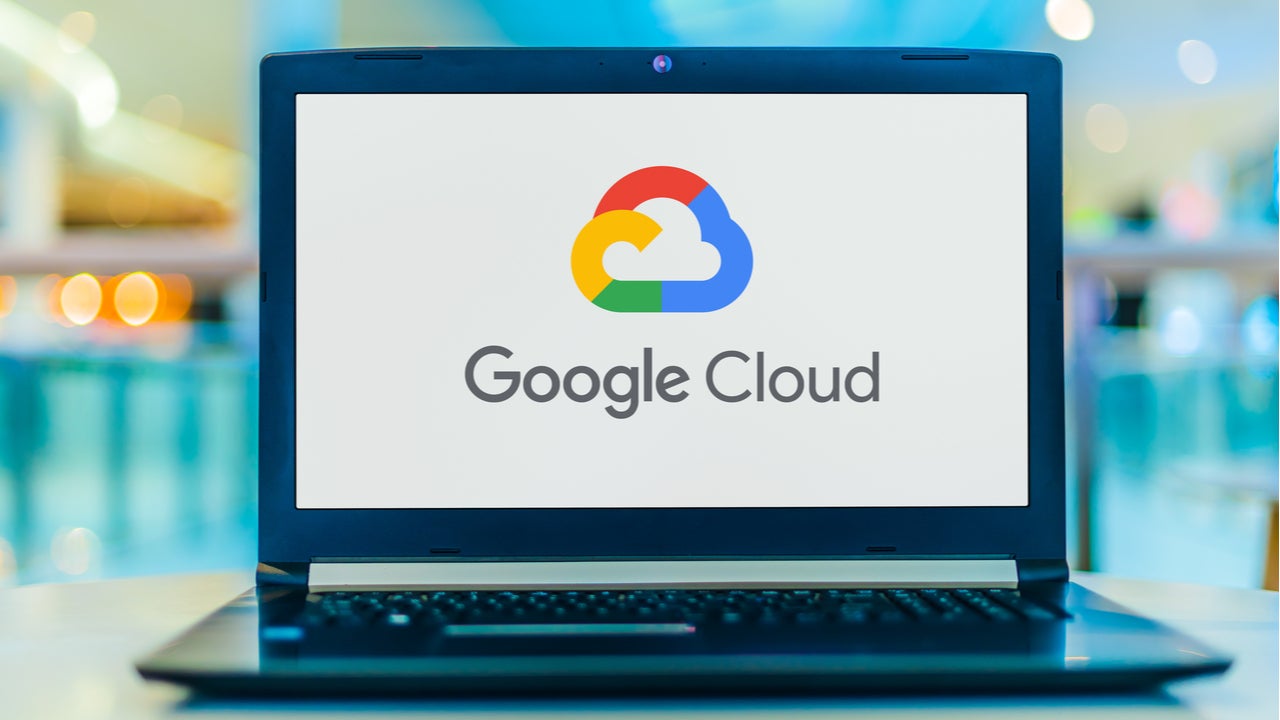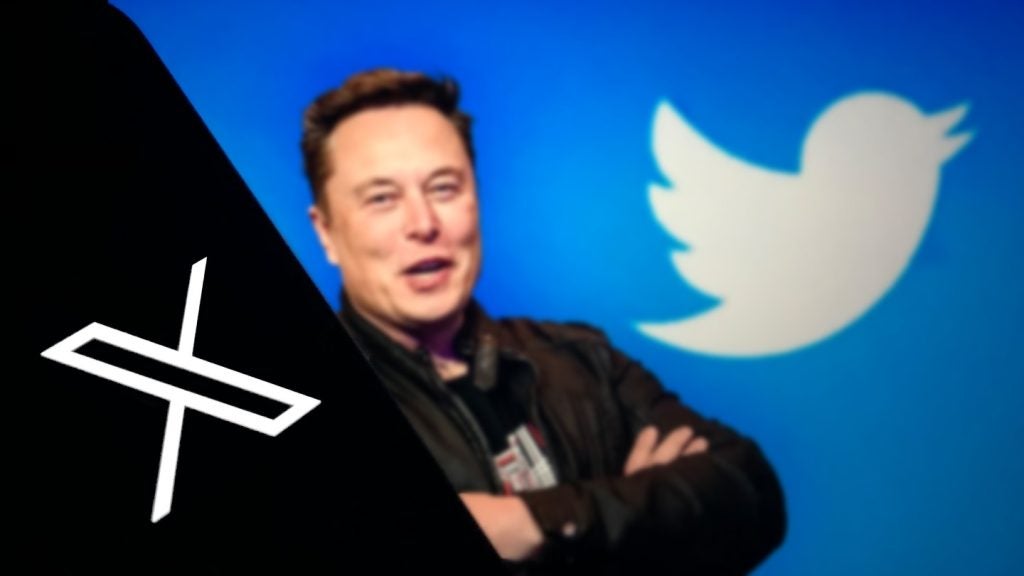Google Cloud Platform has arguably been late to the party as network operators become more comfortable with placing network flows on public clouds. However, its joint venture with Nokia announced in January is likely to increase its credibility with network operators.
Google Cloud and Nokia announced a partnership in January to develop joint cloud-native 5G solutions, modernizing telco network infrastructures, building on a cloud-native 5G core, and developing the network edge as a business services platform for enterprises. The announcement involves Nokia core network, IoT, and charging software running on Google’s Anthos platform. The companies will also co-develop new 5G connectivity and service offerings.
Hyperscalers are upping the ante
To date, telcos have been slow to put their central functions on the public cloud due to concerns related to reliability or data protections. Now, hyperscalers like Amazon Web Services (AWS), Microsoft Azure, and Google Cloud Platform, as well as more traditional vendors like IBM and HPE, are steadily increasing their cloud footprints and offering increasingly robust performance guarantees, and carriers’ orchestration capabilities are starting to improve to the point that they can jointly incorporate the public cloud into carrier-grade infrastructure. Until recently, though, hyperscalers have not displayed much differentiation on the feature level.
That seems poised to change in 2021 due to a number of strategic moves in 2020. Microsoft made several key acquisitions to build a complete 5G core network, while AWS hired away a number of network operator executives to help build its credibility.
Google Cloud-Nokia axis faces challenges
For its part, Google Cloud introduced a slate of telecom-oriented offerings in May 2020, but arguably remains behind AWS and Azure in attracting operator deployments. The new Nokia partnership is designed to allow Google to catch up, focusing on its longstanding expertise with cloud-native deployment – and specifically the Kubernetes platform that powers much of the move toward cloud-native networks.
Based on a number of operator engagements poised to kick into high gear, Google and Nokia will have their work cut out for themselves. For example:
How well do you really know your competitors?
Access the most comprehensive Company Profiles on the market, powered by GlobalData. Save hours of research. Gain competitive edge.

Thank you!
Your download email will arrive shortly
Not ready to buy yet? Download a free sample
We are confident about the unique quality of our Company Profiles. However, we want you to make the most beneficial decision for your business, so we offer a free sample that you can download by submitting the below form
By GlobalData- By the end of 2020, Verizon had launched ten AWS and Verizon ‘Wavelength Zone’ cities where AWS combines its computing infrastructure with Verizon’s 5G wireless network to enable low-latency applications.
- Microsoft has deals in place to offer edge computing services for a number of operators globally, including AT&T, Vodafone, Telefonica, Etisalat, Rogers, SK Telecom, Telstra, and NTT Communications.
- IBM introduced an ecosystem-heavy ‘Cloud for Telecommunications’ offering to drive 5G and edge computing capabilities in conjunction with around 35 partners.
In an increasingly competitive marketplace, Google plans to focus on what it sees as one of its strong suits: superior performance. Right on schedule, then, on the day after the Nokia venture was announced, Google received an important endorsement.
The 2021 Cloud Report from Cockroach Labs ranked Google Cloud Platform as the best-performing of the three major public cloud platforms, offering an impressive threefold advantage in throughput capability.








Related Company Profiles
Telefonica SA
Telstra Corp Ltd
Amazon Web Services Inc
Rogers Corp
Google LLC